Power Filter
The power filter, is one of the fundamentals of the DSR method
It is just a name for a strong pump with filter wool floss on the intake.
It removes annoying small particles and clouding from the water, which prevent detritus from settling in low flow areas. It’s essential to manage an optimal flow (not necessary strong), to keep the dirt into suspension, so it can be picked up by the power filter
A optimal working power filter can produce a crystal clear result, without any additional filtering media. A power filter require a powerful pump.
Minimum is capacity required:
– 1000l/h for tanks up to 200l ……….. (H.max > 1,25m)
– 2400-3000l/h for tanks up to 1000l (H.max > 2m)
Optimal performance is reach by replacing filter wool floss every 2-3 days. Use alternating flow and occasionally stir up the sandbed if it takes longer for the filter wool to get saturated. Don’t use the filter wool longer than 5 days, because it will have an ill effect on the corals. A well maintained system can go without a power filter for a few weeks. i.e. during vacation
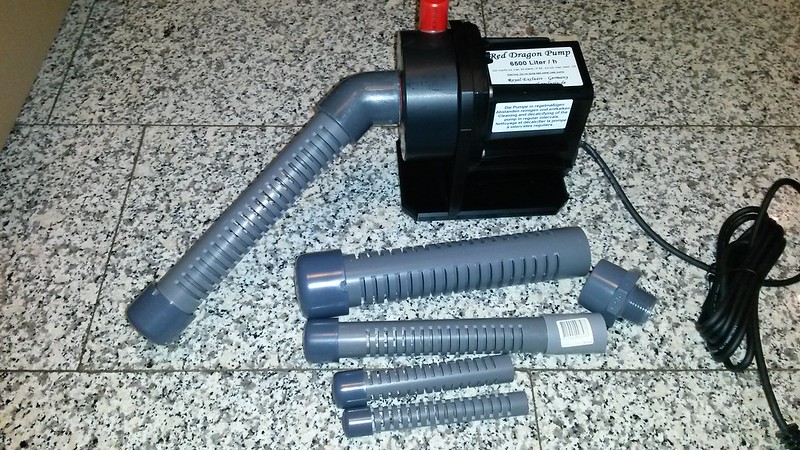
Methods of applying Filter Wool Floss in DSR arranged by their effectivity:
1- A pump with filter wool floss in the display is the most effective!
2- Filter wool floss on the intake of the main pump is the second most effective because al water must pas through there.
3- An extra pump with filter wool is a temporary solution, and the most expensive one. (extra pump and higher energy bill)
4- Filter wool on your streamer is more effective than filter wool in your sump compartments, but don't resemble the results of 1 and 2. Beside that you streamers function will be limited by the clogged filter wool.
5- Filter wool in a compartment in the sump is not very effective, because you can't build pressure on the filter wool.
6- Filter wool just dumped into the sump is a waste of time and space, it's only function could be building extra biomass.
When plowing through the sand it's recommended to replace the filter wool whenever it start to show micro bubbles, the pump is cavitating because the filter wool is clogged up. Letting the pump cavitate for a while is a great fine particle filter and will turn you water crystal clear. This effect resembles the use of active carbon.
Note: Always rinse your new filter wool with hot water. When you don't do that your skimmer will boil over.
Facts about variations:
Over the years, we have tested various types and versions of cotton wool filtering, including loose cotton wool in the sump, cotton wool in a separate compartment, cotton wool on flow pumps, sponges and combinations with coarse to fine compartments, as well as bags with or without cotton wool. .
Everything has been taken out again and the basics still work best.
A strong pump with a perforated bobbin and 3 layers of cotton wool. That's all you need.
Because not everyone is handy and wants to do DIY, we started looking for a commercially available product with which a power filter can easily be created.
This is the solution:
These "suction strainer pipes" can be ordered in various diameters via our contact page.
How to DIY power filter
Our favor is the Tunze 1000 and 2400l/h pumps because they are solid, produce less noise and the filter basket tube fits almost directly on the spout.
Slightly heating the 16 or 20mm filter basket tube is sufficient to connect it to this.
For up to 200 liter aquarium.
Tunze 1073.008, with 16mm expanded tube.

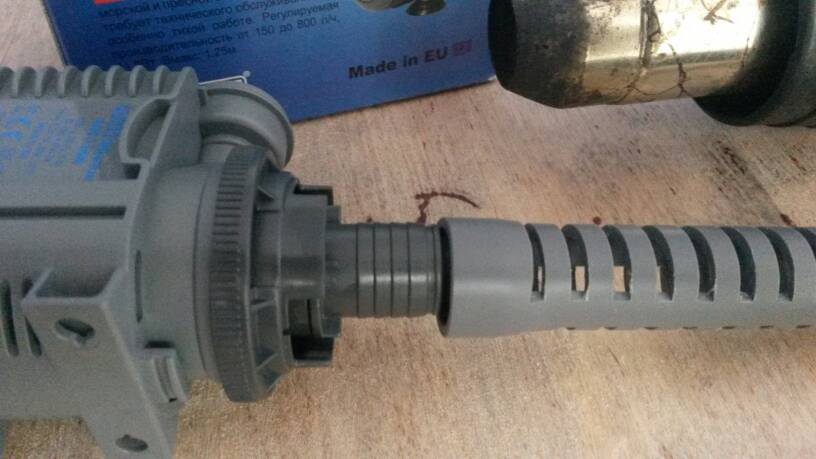
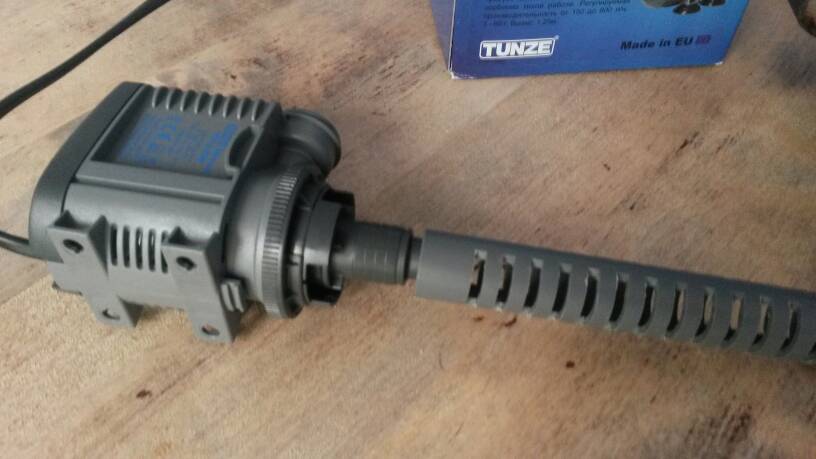
For up to 1000 liter aquarium.
Tunze 1073.02 with 20mm tube
It is even better to perform this with a 25mm tube.
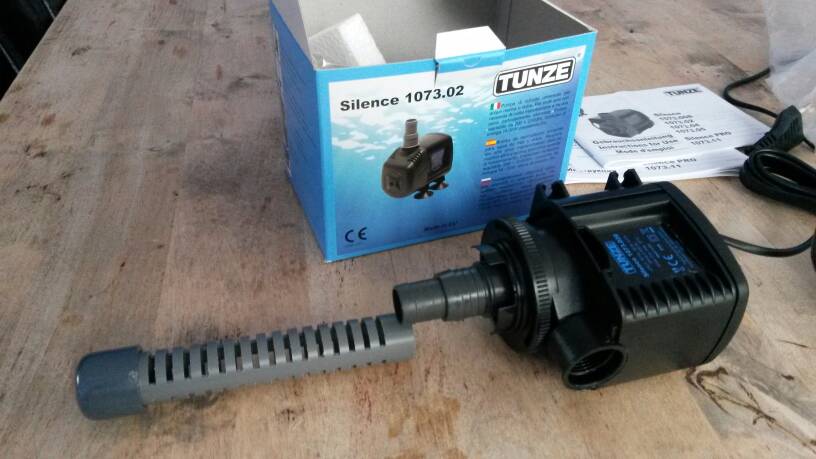
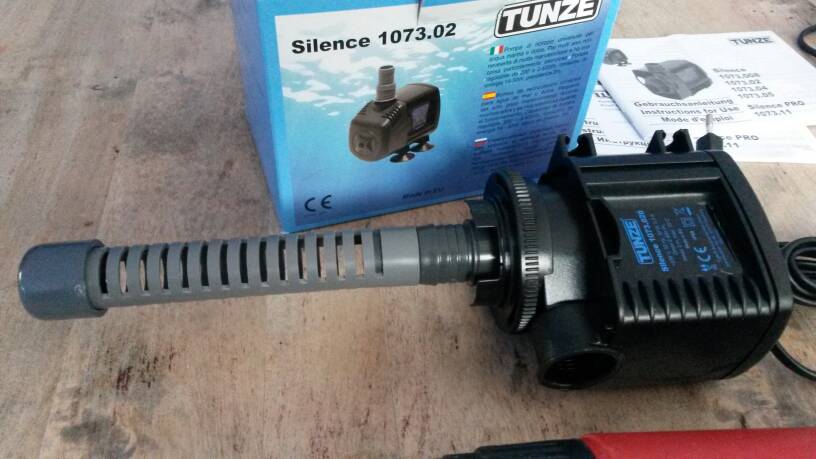
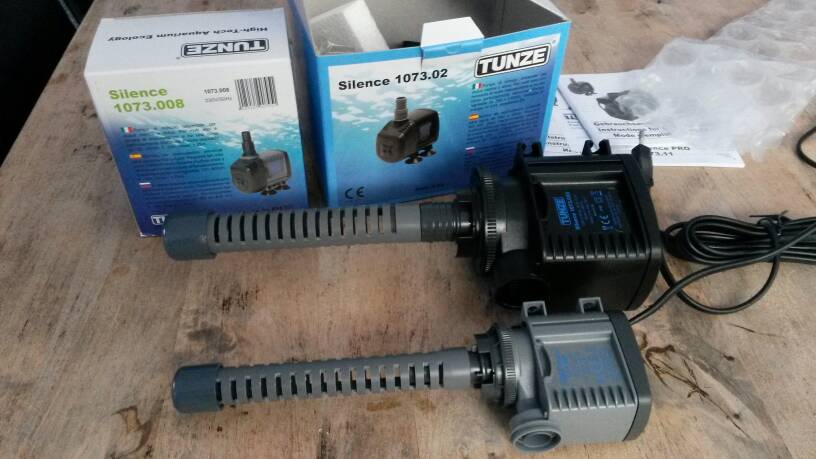
Examples of power filters:
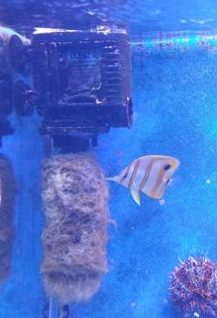
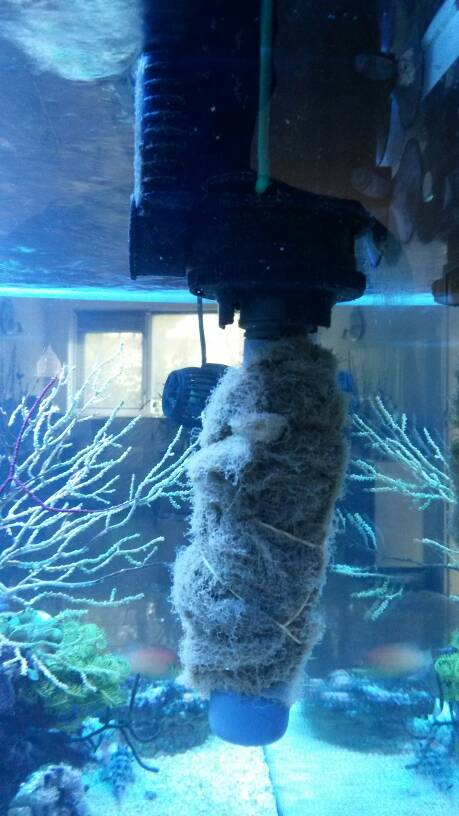
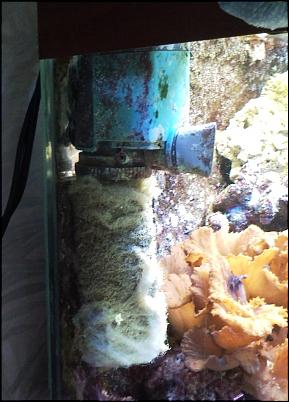
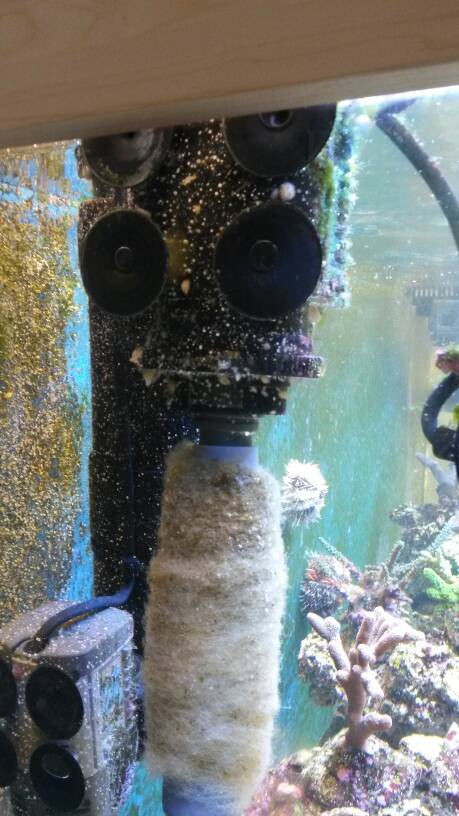
A power filter can also be applied on the intake of the main return pump.
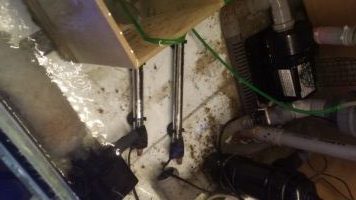
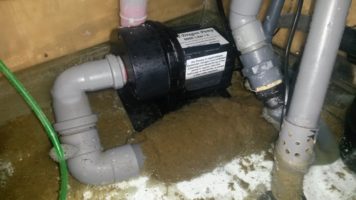
Although less efficient and more power consuming, a power filter can also be placed in the sump. Rating 1200-3000l/h (~1/3 of main pump)

